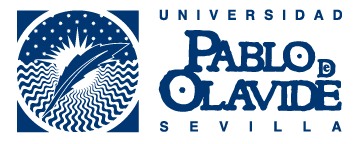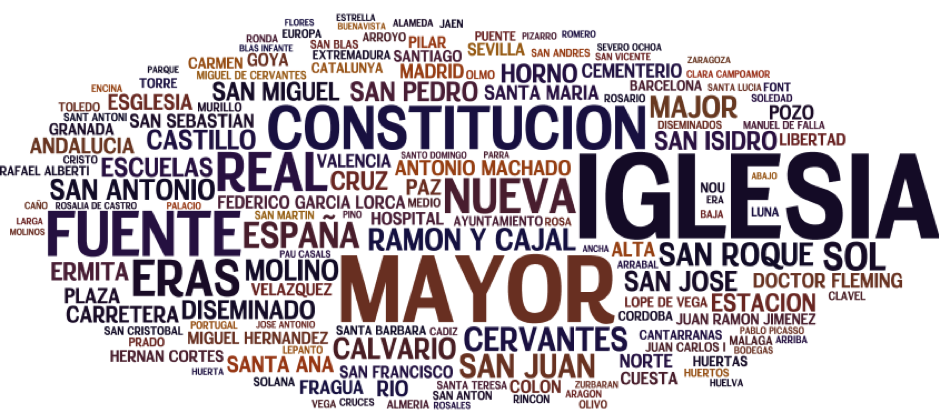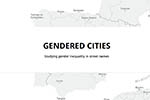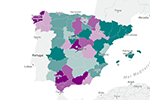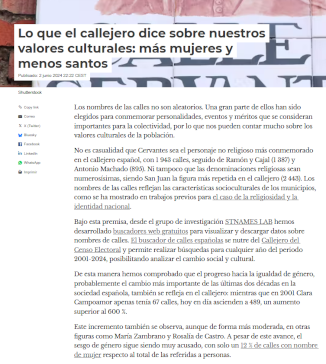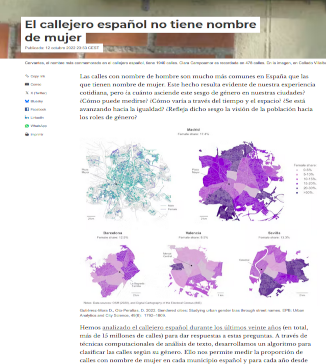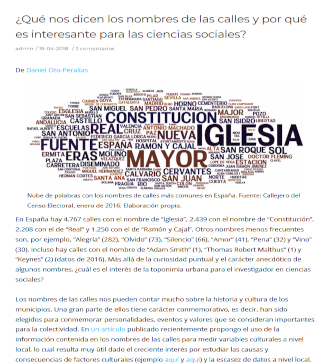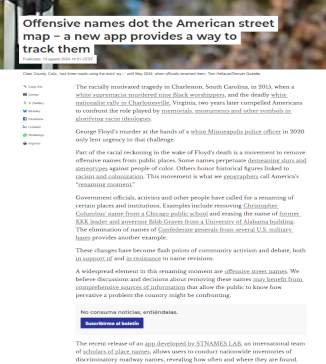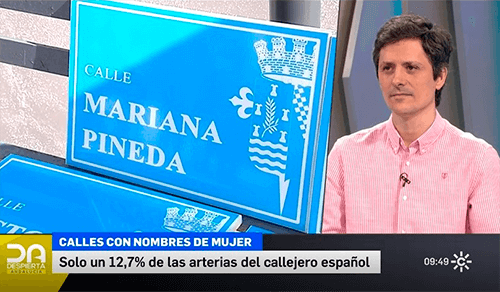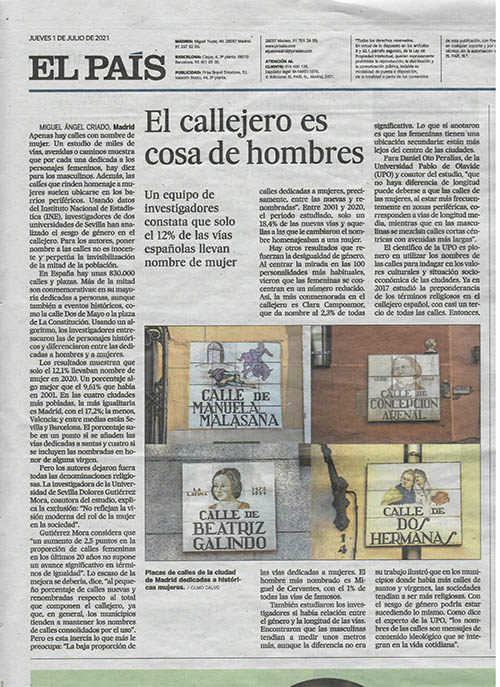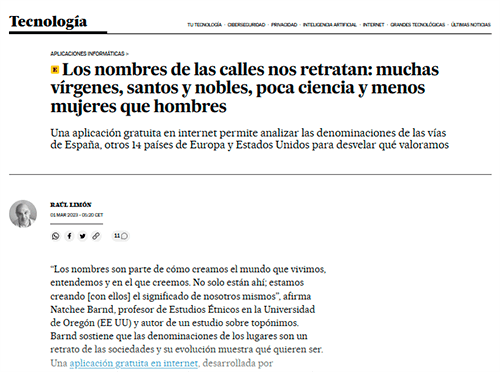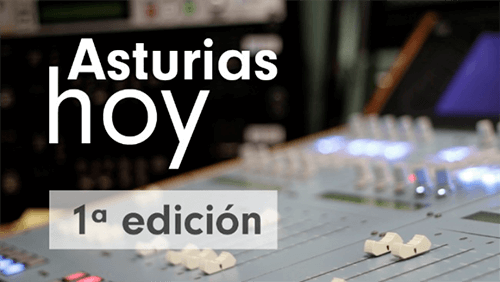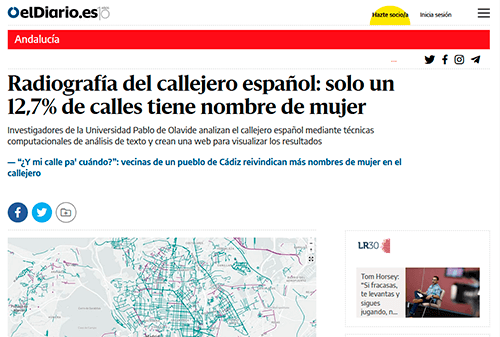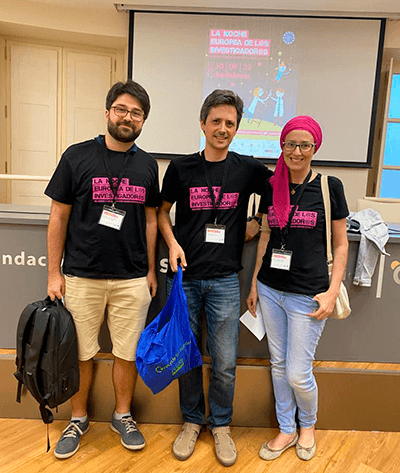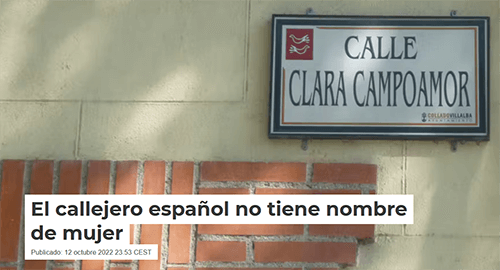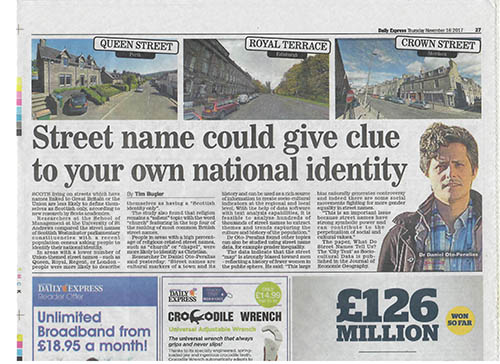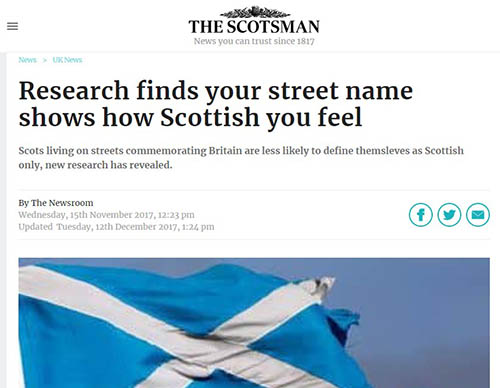About STNAMES LAB
Street names are not random nor meaningless elements of the urban landscape. They represent cultural markers that convey relevant information about the history and culture of towns and cities. A large part of them has a commemorative character, that is, they have been chosen to commemorate personalities, events, and values that are considered important by the population. Therefore, they can tell us a lot about the history and the cultural, social, and political values of local communities.
The importance of street names for social sciences lies on the one hand in the information they contain about the culture and history of municipalities, and on the other hand in its strong -although commonly unnoticed- symbolic power. The frequent controversies occurring around the naming and renaming of streets, as well as the use that political regimes make of street names to inscribe a certain ideology into the urban landscape testify their symbolic power.
STNAMES LAB (Street names Lab) is a research group focused on the quantitative analysis of urban toponyms. We apply data science tools to street names to study social phenomena such as religiosity, political identity, and gender inequality.
Content
Search apps to visualize the spatial distribution of street names in North America, Europe and Spain and download the underlying dataset.
Summary of the article What do street names tell us, where it was first proposed the use of street names as a source of geographic-specific cultural data for quantitative analysis in social sciences. The article applies this methodology to measuring religiosity at the municipality level.
Friendly summary of the results of the article Gendered Cities, through a dynamic geographic “tour”.
Two useful tools to find and monitor gender bias in street names: an interactive graph that represents the evolution of the proportion of female streets in each municipality, and an interactive map to visualize gender bias in street names (where one can zoom in from the provincial to the street map level).
Publications
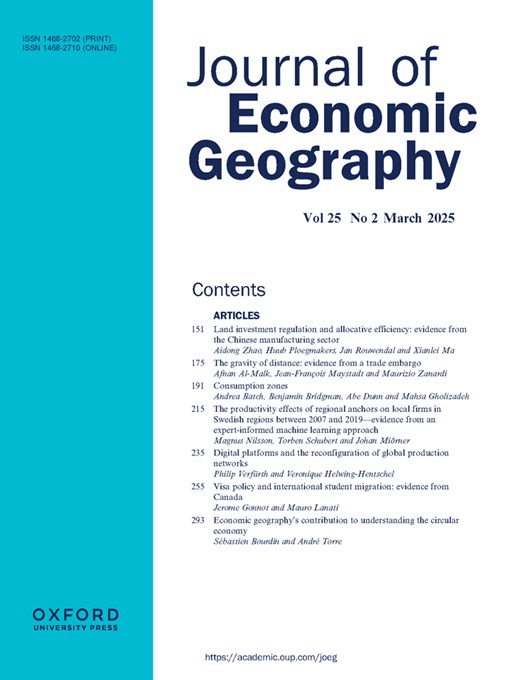
What do street names tell us? The ‘city-text’ as socio-cultural data
Journal of Economic Geography, Volume 18, Issue 1, January 2018, Pages 187–211. https://doi.org/10.1093/jeg/lbx030
This paper proposes the use of street names as a source of geographic-specific cultural data for quantitative analysis in social sciences. Street names reflect the cumulative commemorative decisions of municipalities and, as such, can be used as proxies for their social and cultural characteristics. The utility of street names as a data source is illustrated through the study of religiosity and local economic development. The street-name indicator of religiosity is shown to be strongly correlated with the cultural factor it is supposed to capture, and appears to be negatively related to economic development at the local level. Finally, the article explores a range of other potential empirical applications to important topics in social sciences.

Gendered cities: Studying urban gender bias through street names
Environment and Planning B, Volume 49, Issue 6, Pages 1792-1809. https://doi.org/10.1177/23998083211068844
In this paper we analyze gender inequality in 15 million street names in Spain. We calculate for each municipality and each year from 2001 to 2020 a variable measuring the percentage of streets with female names over the total number of streets with male and female names. Our results reveal a strong gender imbalance in Spanish cities: the percentage of streets named after women is only 12% in 2020. We also observe substantial intra-urban differences, with female named streets being relatively scarcer in town centers. Concerning new streets, gender bias is lower but still far from parity. The second part of the paper analyzes the correlation of our indicator of gender bias in street names with variables related to gender attitudes and values, with the results suggesting that it constitutes a useful cultural measure of gender equality at the city level.

Tabulating and visualizing street-name data in the US and Europe
Environment and Planning B, Volume 50 Issue 7, July 2023, Pages 1981-1987. https://doi.org/10.1177/23998083231190711
Street names constitute a rich source of data for quantitative analysis in social sciences. We gather and process street-name data from OpenStreetMap to create an accessible and readily analyzable street names database for the US and a large part of Europe. We also develop a web app to visualize the spatial distribution of street names and download the underlying data from users’ queries. These tools will continue to expand its geographic coverage by including additional countries.
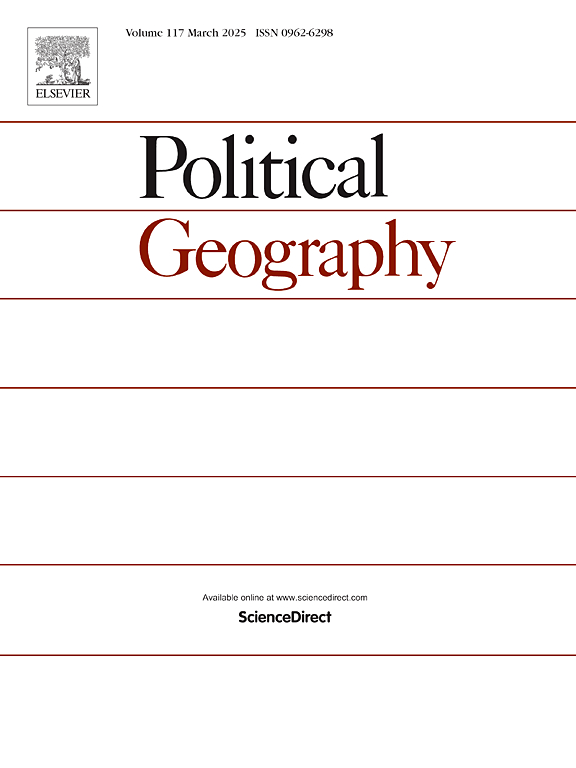
Do women commemorate women? How gender and ideology affect decisions on naming female streets
Political Geography,Volume 116, January 2025, Pages 103244. https://doi.org/10.1016/j.polgeo.2024.103244
This article investigates whether the lack of women in political decision-making roles contributes to explaining their marginalization in urban toponyms. More specifically, we study the impact of the gender and ideology of town mayors on their decisions to commemorate women in the street map. Focusing on the universe of Spanish towns during the period 2001–2023, we find through fixed effects panel data models and regression discontinuity design that the mayor’s gender does not affect the percentage of female-named streets, while the ideology of the governing party does. Our findings thus indicate that it is ideology rather than gender what shapes politicians’ preferences regarding the commemoration of women in the street map. A natural implication of our results is that simply having more female politicians will hardly suffice to address the gender gap in street names and in other symbolically charged policies.

What Do Street Names Tell Us? An Application to Great Britain’s Streets
SSRN, November 2017. https://dx.doi.org/10.2139/ssrn.3063381
This note conducts an application of the methodology described in Oto-Peralías (2017) [What do street names tell us? The ‘city-text’ as socio-cultural data, Journal of Economic Geography] to the case of Great Britain. In that article, I propose that street names can be used as a rich source of information to create socio-cultural indicators at the regional and local level. To illustrate this methodology for the case of Great Britain, I create an indicator measuring the historical importance of Christianism and another measuring the cultural attachment to Great Britain. Interestingly, both street-name indicators are strongly correlated with the underlying cultural factors they are supposed to capture.
Impact
At STNAMES LAB we are concerned about disseminating our research results beyond the academic sector. What follows is a selection of press coverage of our work and dissemination activities:
Back cover of EL PAÍS, 30/06/2021, titled «The street map is a male thing», featuring the results of the article «Gendered cities: Studying urban gender bias through street names». Also in the digital edition at this link.
Story from EL PAÍS, 1/3/2023, titled «The names of the streets portray us: many Virgins, Saints and Nobles, little science and fewer women than men», featuring the applications of the project described in the article «The spatial distribution of the street names: a web app to visualize and download street-name data».
A full list of media coverage is available here.
Funding
Research project: Gendered cities. Quantitative analysis of gender bias in urban toponymic inscriptions. Explanatory factors and consequences (Reference: UPO-1380998). Co-financed by the European Regional Development Fund (ERDF) and the Andalusian Government, within the framework of the Andalusian ERDF 2014-2020 operational program. Specific objective 1.2.3. «Promotion and generation of frontier knowledge and knowledge oriented to the challenges of society, development of emerging technologies »). ERDF co-funding: 80%.
Research project: Towards a more inclusive society: proposals from the economic and geographical analysis (Reference: P20_00808). Co-financed by the European Regional Development Fund (ERDF) and the Andalusian Government, within the framework of the Andalusian ERDF 2014-2020 operational program. Thematic objective “01 – Supporting research, technological development and innovation”. ERDF co-funding: 80%.
